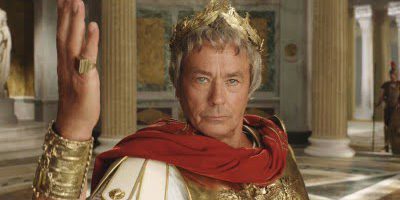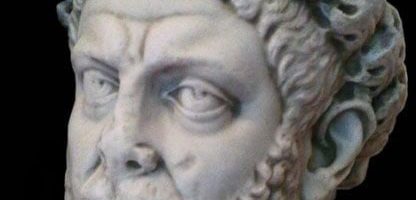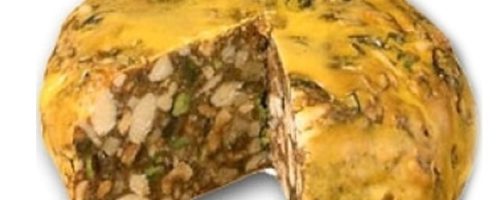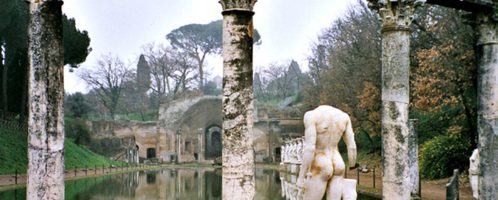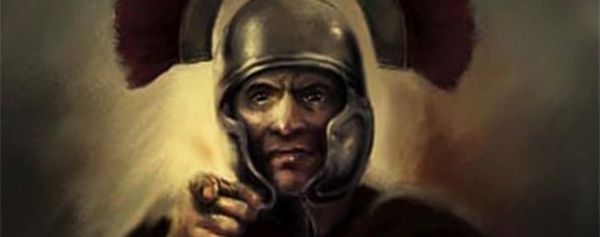If you have found a spelling error, please, notify us by selecting that text and pressing Ctrl+Enter.
Curiosities of ancient Rome (Unknown facts)
The world of ancient Romans abounded in a number of amazing curiosities and information. The source of knowledge about the life of the Romans are mainly works left to us by ancient writers or discoveries. The Romans left behind a lot of strange information and facts that are sometimes hard to believe.
Roman medicine was of high standard
Roman medicine had its high level, especially in the legions. Celsus, a Roman scholar in the 1st century CE, claims that military doctors knew human anatomy much better than their colleagues in private practice.
Roman absolutism
From the end of the 3rd century CE, the emperor ceased to be princeps to become “domine” – dominat. We owe the new type of government to Diocletian, who ruled from 284 to 305 CE. The emperor was now omnipotent, he could change the law as he pleased, and the appearance of a republic vanished.
Pangiallo – yellow bread
In the Latium region to this day, one of the typical Christmas cakes is the so-called yellow bread – pangiallo. Its roots go back to the era of the Roman Empire.
Pine was sacred tree
Pine (Pinus pinea) has been a sacred tree in the Apennine Peninsula since the Punic Wars (well before the advent of our era). A frequent element of the landscape, it was a symbol of eternity.
What did Chinese call Roman Empire?
Daqin (literally “Great Qin”) was the historic name for the Roman Empire in China. This name comes from the Chinese dynasty founded by Qin Shihuangdi, which ruled the Qin state. This ruler was also the first emperor of a united China in 221 BCE.
Fear of death
Roman citizen Caecina Petus was involved in a plot (42 CE) against Emperor Claudius. Sentenced to death by the emperor, he was to take his own life. He hesitated, however, and could not dare to deal himself a fatal blow.
Hadrian and his villa
Emperor Hadrian (reigning in the years 117-138 CE) became famous as one of the so-called “five good emperors”. His reign was a period of stabilization and order in the country, which did not wage serious conflicts and gave up conquests. His numerous travels and visits to the provinces probably tempted him to implement a vast project – building a huge mansion in Tivoli, which was to be a place of relaxation and seclusion.
Gladiator training costs
The costs of training the gladiator were very high – in the order of tens of thousands of sesterces. Hardly any school would allow itself, colloquially speaking, in a “shambles” in which many students would lose their lives. In addition, it should be emphasized that a doctor was often admitted to the arena so that he would quickly treat the wounded and prevent a possible permanent loss of health. The doctor then assessed which gladiator was fit for the fight, and which, after his wounds, was crippled.

